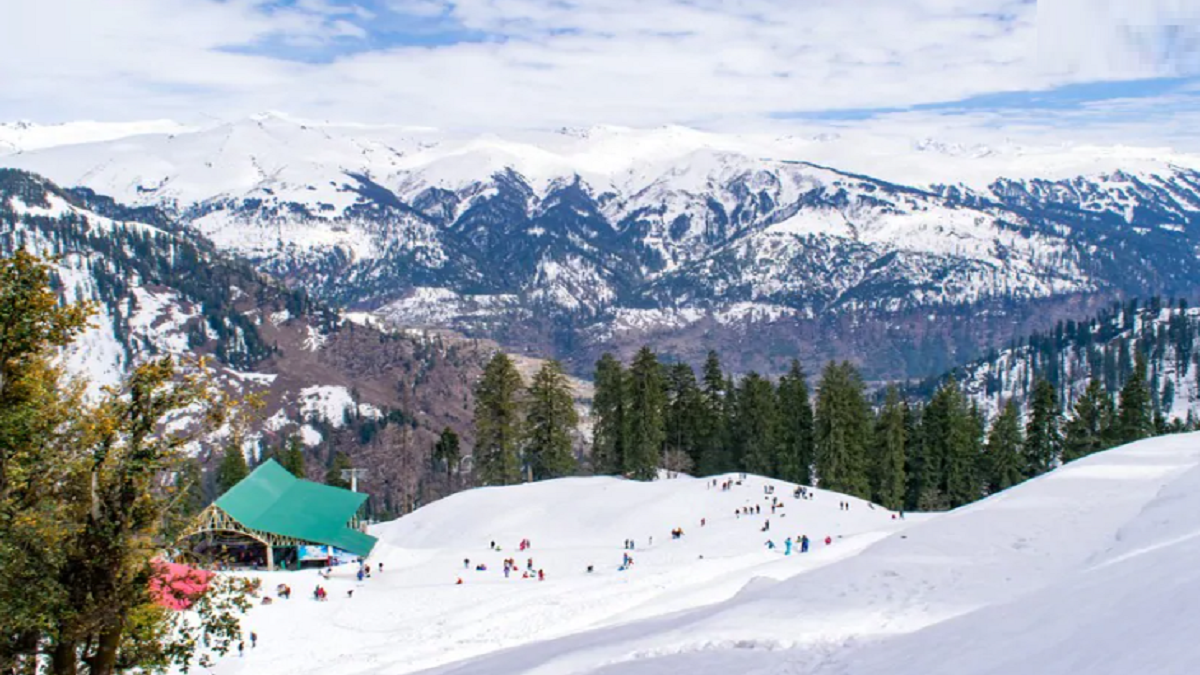


Manali sees an influx of tourists in the peak tourist season of summer which lasts about 90 days. The number of tourists exceeds the capacity of the town by about 27 times. However, in this summer of 2020 the streets of this Himalayan town are silent and devoid of any tourists. The streets of Manali’s Mall are quieter than its quietest off-season months, forming an unimaginable sight for all those who associate gloom and solitude with its dreary winter. What makes the sunny months of April, May and June even gloomier is that there is no sign of any respite from Covid-19 in the coming time.
Regardless of their optimism or pessimism, hoteliers amidst this pandemic have reached a point of surrender and have accepted it as fait accompli. For there is only so much news and speculation that one can digest before feeling a little numb. Being an independent hotelier based out of Manali, I hesitantly try to believe the veterans of the trade when they say, “It cannot get worse than this”, because as per credible reports, it is about to get much worse before getting any better. Despite knowing this only too well, I find the extended lockdown dissolving the initial anxieties that I had.
For the sake of my prudence and sanity, I have begun to periodically assess the buffer amount, I had stacked up for a rainy day. Without a single doubt, these are the very same rainy days we had saved up money for. But how many infected months will this finite sum outdo? The relief measures by the state for subsidised electricity and employee provident funds offer us some momentary respite. But there are more pressing expenses that need to be taken care of, for hotels ranging across all sizes, there are fleets of staff that need their livelihoods sustained.
I, for one, stand among the more fortunate hoteliers who have a tinier strength to uphold through the Covid-19 jolt. The industry’s moguls brace tightly, many of whom have had to disperse a sizable chunk of their workforce due to unaffordability. This, of course, is only the tip of the iceberg that we are jointly (and inadvertently) sailing over.
Regardless of our walks of life, the refusal of the Covid-19 curve to flatten anytime soon causes dread among each of us. Even a layman can ascertain that a dwindling economy cannot provide for any purchase beyond the bare necessities, let alone the leisure of travelling.
The hospitality and civil aviation industries have been the hardest hit worldwide. However, unlike air travel, the hospitality industry isn’t as likely to regain its impetus. Hopeful analysts point towards the preferential benefit of road trips over air travel when it comes to the conveyance of leisure tourists. But only time will provide a definitive answer to whether a locked down citizen would be willing enough to risk an outstation trip to refresh their senses. What if this contradicted their very reason for remaining locked for all these months?
Ironically, the already frail medical infrastructure of Himachal Pradesh negates a tourism influx in the near future. Ours isn’t the only state administration in a Catch-22 situation between its economic reparation and medical safety. However, it survives on a narrower window of profitability than its neighbours, and doesn’t have healthcare biceps to flex. The extent to which our future parameters will offer a relaxation of borders and trade in the Himalayas, time alone will tell. And even though I cannot make this time pass any faster than it does, I occupy myself nowadays strategising how I can best ensure the safety and wellbeing of my future visitors.
It would be myopic of me to brace for the storm and not for its passage. Hence, alongside an uphill race against mounting expenditures, I am brainstorming for the brighter days, if and when they arrive. I am making do with the existing features of my boutique property in upper Manali to facilitate the safest and Covid-proof stay that I can afford for my future guests. The absence of constricted spaces and crossventilated air conditioning hints at some prospective social distancing assets. Moreover, it is easy to envision a minimal dining distance of two metres atop the lush gardens amidst our apple orchards. An entirely in-house team of staff residents and a relatively low footfall aid the precautionary measures that I am willing to take. In all, the thorough sanitation of a 23- room small, owner-run boutique resort proves to be far more promising than that of a chock-a-blocked giant with clustered suites.
That said, even the safest reopening plan does not come without the risk of deserted preparations. What if the Covid-19 monster continues to lurk under our ultraluxurious beds?